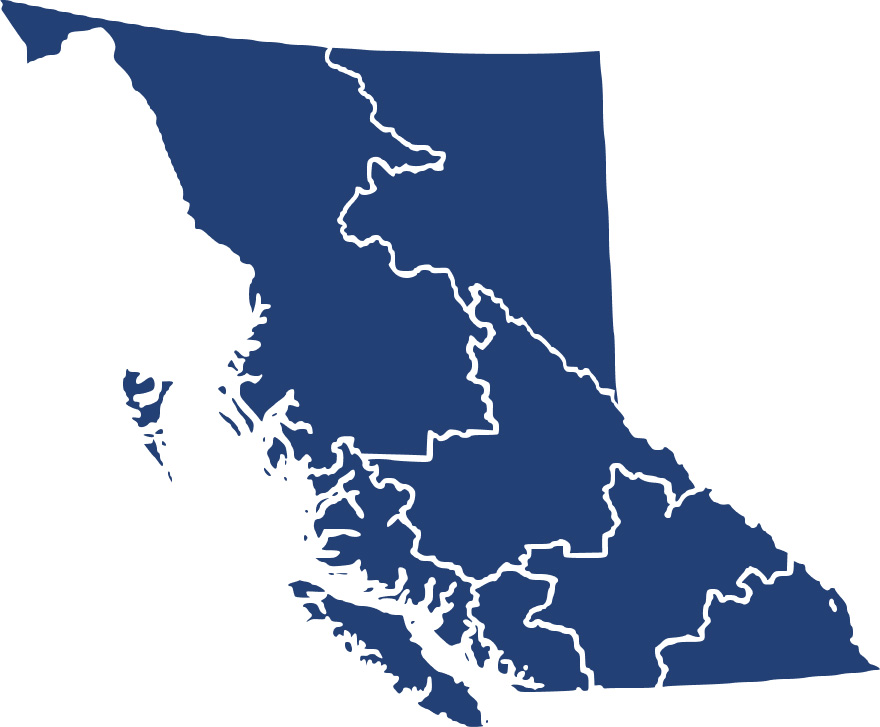Career Overview
Workers in this group:
- Install replacement automotive mechanical parts such as mufflers, exhaust pipes, shock absorbers, springs and radiators
- Do routine maintenance service such as oil changes, lubrication and tire repairs on automobiles, trucks and heavy equipment
- Work for automobile and truck service and repair shops
- Work for service departments of industrial establishments
- Work for construction, mining and logging companies
Duties
Automotive mechanical installers and servicers perform some or all of the following duties:
- Change engine oil and lubricate running gears or moving parts of automobiles, trucks and heavy equipment
- Grease booms, pulleys, buckets and other components of heavy equipment
- Replace oil, air and fuel filters on motor vehicles, trucks and heavy equipment
- Install replacement mufflers, exhaust pipes, shock absorbers or radiators on motor vehicles, trucks and heavy equipment
- Repair and balance tires
- Add or replace hydraulic and transmission fluids in motor vehicles, trucks and heavy equipment
- Help mechanics and perform other duties as directed
- Drive automobile or service truck to location of construction, logging or other industrial sites to provide services
Earnings
Earnings is income that workers receive in exchange for their labour. Depending on the type of employment, earnings can be in the form of wages (hourly), salaries (fixed monthly or annual) or self-employed earnings.
Work Environment
# Workers Employed
1,955% Employed Full Time
54%Key aspects of the work in this occupation:
- Work takes place in a controlled indoor setting
- Work takes place in an indoor environment where temperatures may vary
- Work can occur outdoors in various weather conditions
- Working with heavy equipment, machinery and power tools can be a source of injury
Career Pathways
There is some movement among installers and servicers in this group.
Progression to supervisory positions is possible with experience.
Related Careers
Occupational Interests
It’s important to understand what kinds of occupations align with your interests.
For more about occupational interests visit Skills for the Future Workforce > Characteristics.
Here are the top occupational interest(s) for this career profile:
Job Titles
Education, Training and Skills
- Some secondary school may be required
- Several months of on-the-job training are usually required
Workers who are certified for an occupation by a regulator elsewhere in Canada can apply for the same certification from the regulator in B.C. Under the terms of the Canadian Free Trade Agreement (CFTA), most applicants who are transferring their credentials from elsewhere in Canada will not be required to complete additional training or testing. However, the B.C. regulator may ask applicants to provide further information such as a letter of good standing, references, or criminal record check.
For those who trained outside of Canada and never received certification from any Canadian jurisdiction, a full assessment is likely needed. Most occupational regulators have a process for assessment and recognize internationally trained applicants.
For information about labour mobility in Canada, visit www.workersmobility.ca.
View a list of Professional Regulatory Authorities in B.C.
Education programs in B.C.
The following program areas are related to this occupation:
- Academic/Basic Upgrading

Skills
Every job calls for a certain set of skills. Knowing those skills is the first step in finding a good career fit.
Here, you will find the 10 most relevant workplace skills. Some are more important to achieving success in a certain career than others. These skills may come naturally to you or you may need to gain them through education, training and experience.
See the list of work-related skills below, ranked in order of importance for this career. Check out the list and see if this career matches your skills—take that first step!
Repairing machines or systems using the needed tools.
Watching gauges, dials or other indicators to make sure that a machine is working properly.
Determining causes of operating errors and deciding what to do about it.
Controlling operations of equipment or systems.
Performing routine maintenance on equipment and determining when and what kind of maintenance is needed.
Giving full attention to what other people are saying, taking time to understand the points being made, asking questions as appropriate, and not interrupting at inappropriate times.
Using logic and reasoning to identify the strengths and weaknesses of alternative solutions, conclusions or approaches to problems.
Conducting tests and inspections of products, services or processes to evaluate quality or performance.
Keeping track of and assessing your performance, other individuals, or organizations to make improvements or take corrective action.
Talking to others to share information effectively.
Labour Market Statistics
Discover data, facts and information that have been gathered and analyzed. Learn about the characteristics of the economy and labour market in B.C.
Employment
Find out about employment types and trends by region and industry.
Employment
1,955Employment by Region















| Region | Employment | % Employment of this Occupation |
|---|---|---|
| Cariboo | 175 | 9.0% |
| Kootenay | 150 | 7.7% |
| Mainland/Southwest | 680 | 34.8% |
| North Coast and Nechako | 90 | 4.6% |
| Northeast | 115 | 5.9% |
| Thompson-Okanagan | 505 | 25.8% |
| Vancouver Island/Coast | 245 | 12.5% |
Labour Market Outlook
The B.C. Labour Market Outlook is a 10-year forecast of the expected supply and demand for labour in the province. It’s usually updated every year. The purpose is to provide British Columbians with the knowledge to make informed decisions on careers, skills training, education and hiring.
Forecasted Job Openings (2023-2033)
370Forecasted Job Openings
Forecasted Employment Growth Rate
Composition of Job Openings
Job Openings by Region (2023-2033)















| Region | Job Openings | Avg. Annual Employment Growth |
|---|---|---|
| Cariboo | 30 | 0.2% |
| Kootenay | 20 | 0.5% |
| Mainland/Southwest | 130 | 0.8% |
| North Coast and Nechako | 20 | 0.5% |
| Northeast | 20 | 0.2% |
| Thompson-Okanagan | 100 | 0.9% |
| Vancouver Island/Coast | 40 | 0.6% |
Industry Highlights
Learn about the opportunities in B.C.'s major industries, including employment trends, earning potential, locations of work and more.
Forecasted Job Openings by Industry
| Industry | Job Openings (2023-2033) |
|---|---|
| Retail Trade | 250 |
| Repair, Personal And Non-Profit Services | 60 |
| Mining And Oil And Gas Extraction | 20 |
| Information, Culture And Recreation | 10 |
| Wholesale Trade | 10 |
Resources
Resource information is currently not available.








